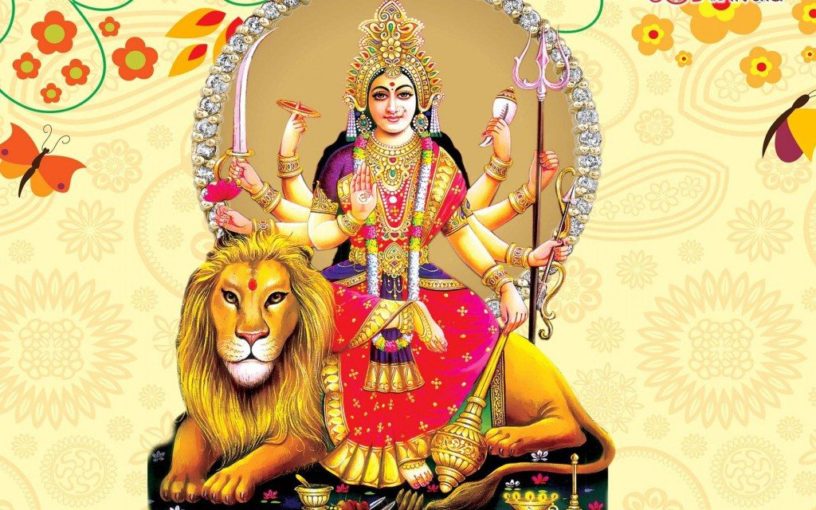The Sanskrit word, “Shakti” can be translated to mean “power” or “energy”. It is derived from the verb- root “shak”, which means “to be able”, “to do” or “to act”. Shakti is energy and everything in the cosmos is energy vibrating at different frequencies. This power is witnessed in all phenomena of life. It is the force responsible for the growth of vegetation, animals and human beings. It is what is responsible for the movement of all things. The planets revolve around the sun as a result of energy. It is energy that makes the winds blow and the oceans churn. It is manifested as the very affective ability of all the forces of nature. Shakti is the very life force of all living beings. In fact, all life owes its existence to this energy. With the presence of shakti, all creation is most powerful.
The three main forms of energy are:
- Icchaa shakti – the energy of will
- Gyaan shakti – the energy of knowledge
- Kriyaa shakti – the energy of activity.
In man, all three forms of energy are needed for any function to be carried out with a great level of consciousness. The combination of will, knowledge and activity creates the balance necessary for the processes of creation, sustenance, destruction and re-absorption to be carried out. At both the macrocosmic and microcosmic levels of existence, these activities are an unceasing requisite for the growth in consciousness, evolution and various forms of unfolding. This is seen most clearly in the fact that Lord Brahma creates with Saraswati shakti, Bhagavan Vishnu sustains and nourishes with Lakshmi shakti while Bhagavan Shiva destroys and reabsorbs everything unto himself with Durga shakti.
Even in one’s personal life, very little or almost nothing can be achieved if energy is lacking. Can one achieve success in an undertaking if one has the power of will without knowledge or activity? Similarly, knowledge and will and no activity results in failure. In like manner, knowledge and activity led by sluggishness, laziness and no will to move ahead results in an imbalance also. Indeed, true fulfilment and success lie in the endowment of positive energy, the energy of will, knowledge and activity. It is instructive to note that this is one of the many reasons for the Hindu jhandi (flag) being triangular in shape. The three sides signify the three forms of energy.
The worship of the Divine Mother in her various forms awakens the dormant energy within that impels the devotee towards right action, prompted by the appropriate knowledge and will. Durga Devi is representative of Icchaa shakti; Lakshmi symbolises Gyaan shakti and Saraswati Devi, Kriya shakti.
Seers of the ancient tradition of Sanatan Dharma have, in their wisdom, provided occasions such as the auspicious period of Nau Raatri whereby the aspirant can intensify his sacrifice and worship of the Divine Mother. In so doing, one acquires a greater awareness of these forms of energy that lifts one to a heightened state of consciousness. Imbued with bliss, one’s will is directed towards pure and positive interests in life. Knowledge is imbibed which translates into appropriate activities.
Clearly, not even a blade of grass can move, except with the shakti of the Divine Mother.



